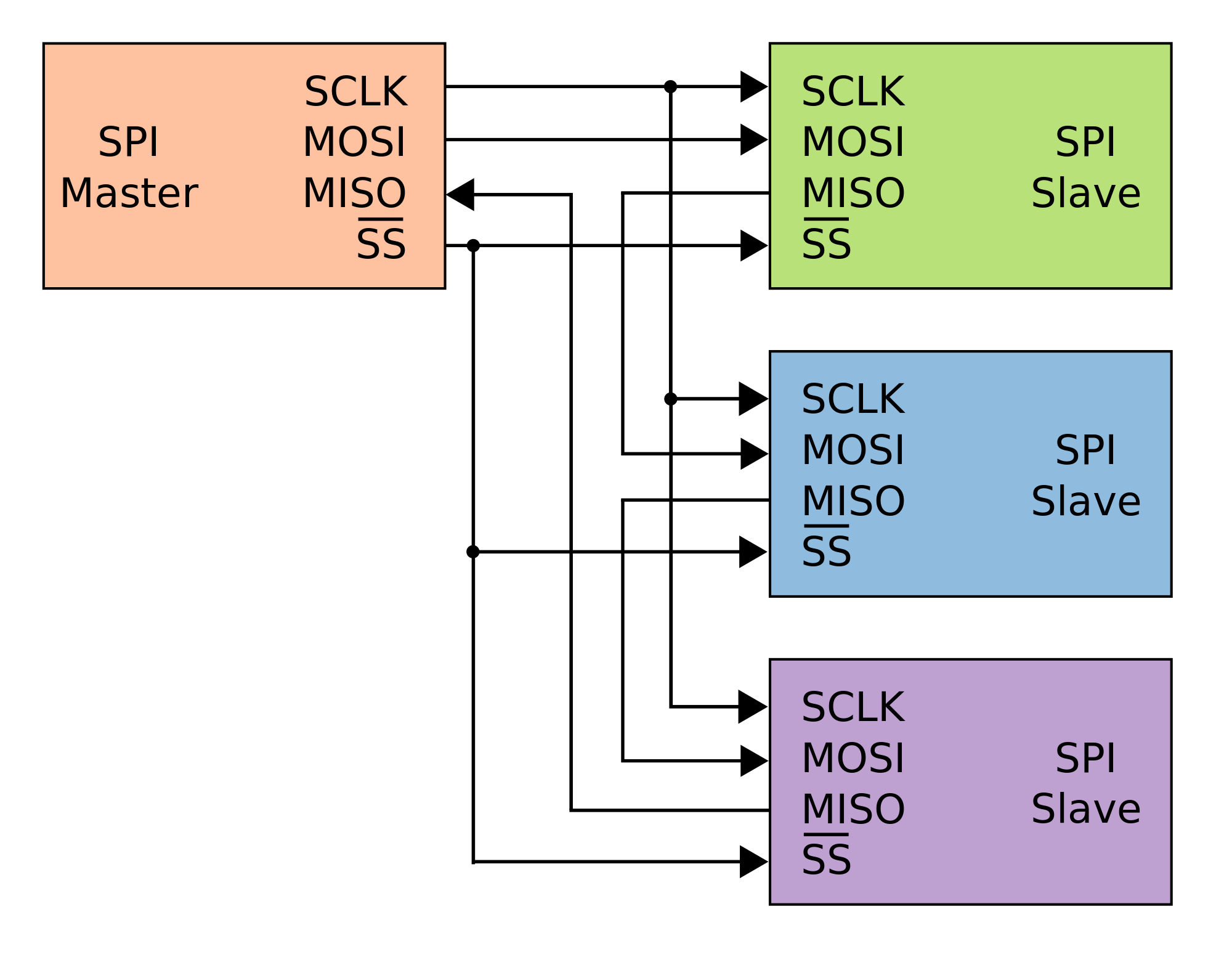I want to connect 31 ADC slaves to a master. The ADCs simply should measure voltage and response its values to the master after request. I thought about using I2C as bus system. The problem is that most ADC ICs with I2C interface only offer 2 or 3 bits for address (4 or 8 addresses possible) I need 5 bits for my 31 addresses. What can I do to use 31 I2C ADC slaves in one bus system? Are there such devices like address mappers, expanders, switches, multiplexers? What is common and good practice for my requirements? The reason I would like to use a bus system is to keep wiring and pin usage of the master low.
To be more specific I need to measure voltage from multiple in series connected sources:

simulate this circuit – Schematic created using CircuitLab
I am aware of that I need to provide a galvanic isolation between I2C master and slaves. I am afraid that I cannot use multichannel ADCs in this case am I right?


